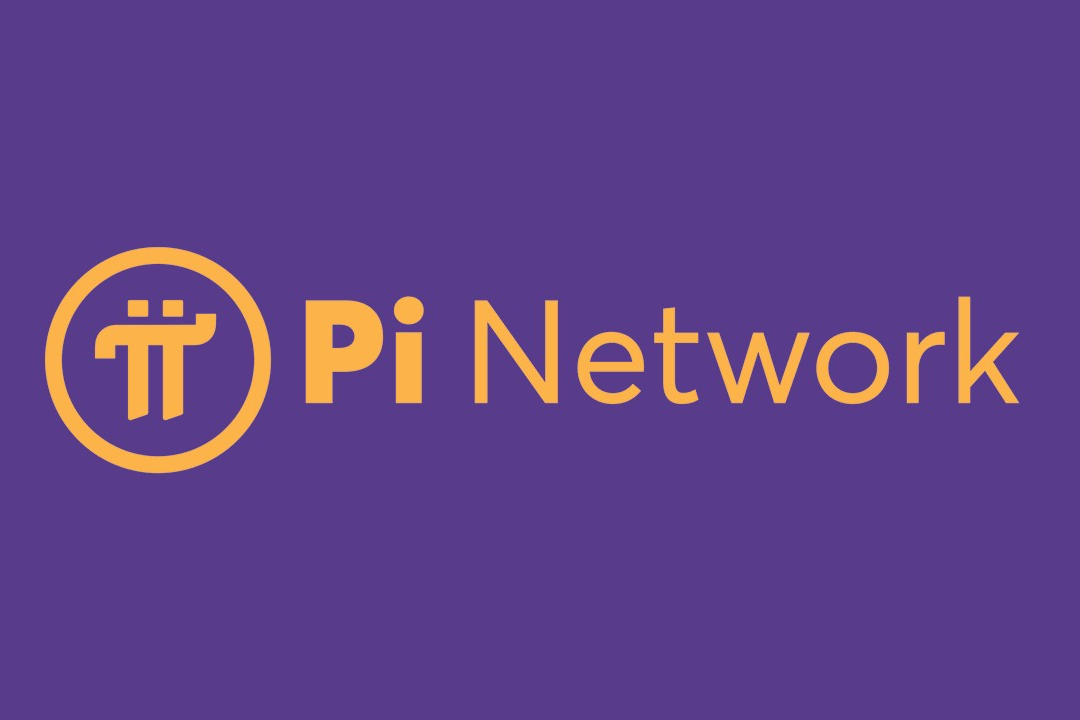2025-03-21

Pi Network is a cryptocurrency project
that aims to make mining accessible to everyday users via their mobile phones.
It was founded in 2019 by a team of Stanford graduates, including Dr. Nicolas
Kokkalis and Dr. Chengdiao Fan.
The core idea behind Pi Network is to
allow users to mine Pi coins using a mobile app, without consuming a lot of energy
or requiring high-powered hardware like traditional cryptocurrencies (e.g.,
Bitcoin).
It aims to make cryptocurrency mining
accessible to the general public by allowing users to mine its native token, Pi
Coin, directly from their smartphones with minimal energy consumption.
Unlike traditional cryptocurrencies
like Bitcoin, which require significant computational power and energy, Pi
Network uses an energy-efficient consensus mechanism based on the Stellar
Consensus Protocol (SCP).
Key Features of Pi Network:
Mobile Mining:
Users can "mine" Pi simply by opening the app and pressing a button
once every 24 hours.
This doesn’t actually mine coins in the
traditional sense but rather simulates mining while contributing to network
security via a trust graph.
Energy Efficiency:
Unlike Bitcoin, which uses proof-of-work, Pi uses a variant of the Stellar
Consensus Protocol (SCP), which is far more energy-efficient and doesn’t
require intensive computation.
User Roles:
Mobile mining, users mine Pi coins by
tapping a button in the Pi Network app once every 24 hours. This process does
not drain battery life or require expensive hardware.
User Roles:
It uses eco-friendly consensus mechanism,
Pi Network employs SCP, which avoids the energy-intensive Proof-of-Work model,
making it scalable and environmentally friendly.
Development Phases
1. Phase I (Beta
Launch): Began in December 2018 with the release of the mobile app for
mining.
2. Phase II
(Testnet): Introduced decentralized apps and node software for transaction
validation.
3. Phase III (Mainnet): Launched in December 2021 (closed mainnet). Eventually, Pi coins will be transferable, tradable, and integrated into real applications—once KYC is completed and the network opens.
The Enclosed Mainnet launched
in December 2021, allowing internal transactions within a controlled
environment.
The Open Mainnet, launched
on February 20, 2025, enables trading and integration with external networks.
Users must go through KYC (Know Your
Customer) to migrate their mined Pi to the mainnet wallet. Only KYC-verified
users will be able to transfer or use Pi coins in the ecosystem.
Pi Network envisions a decentralized marketplace where users can use Pi to buy
goods and services, creating real-world utility.
Is Pi Network Legit?
Despite its popularity, with over 45
million users as of late 2024, Pi Network has faced criticism for its lack of
transparency and accusations of operating like a multi-level marketing scheme.
Additionally, as of March 2025, the
value of Pi Coin remains speculative since it has only recently become tradable
on exchanges.
It's not a scam in the traditional
sense, but its value and utility are still uncertain.
The coin is not yet listed on major
exchanges. There’s no guarantee that mined Pi will have real-world value.
Some skeptics view it as speculative or
overly ambitious, while others believe it could eventually become a widely
adopted crypto platform.